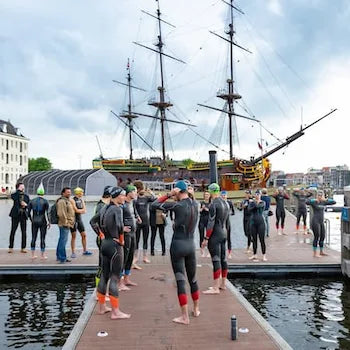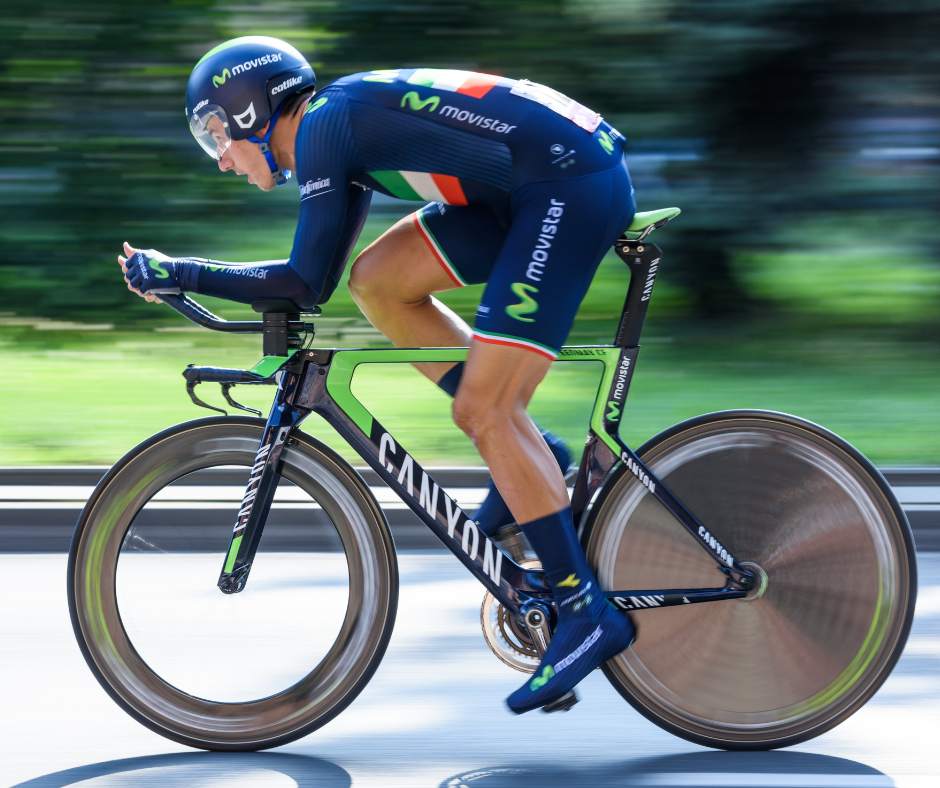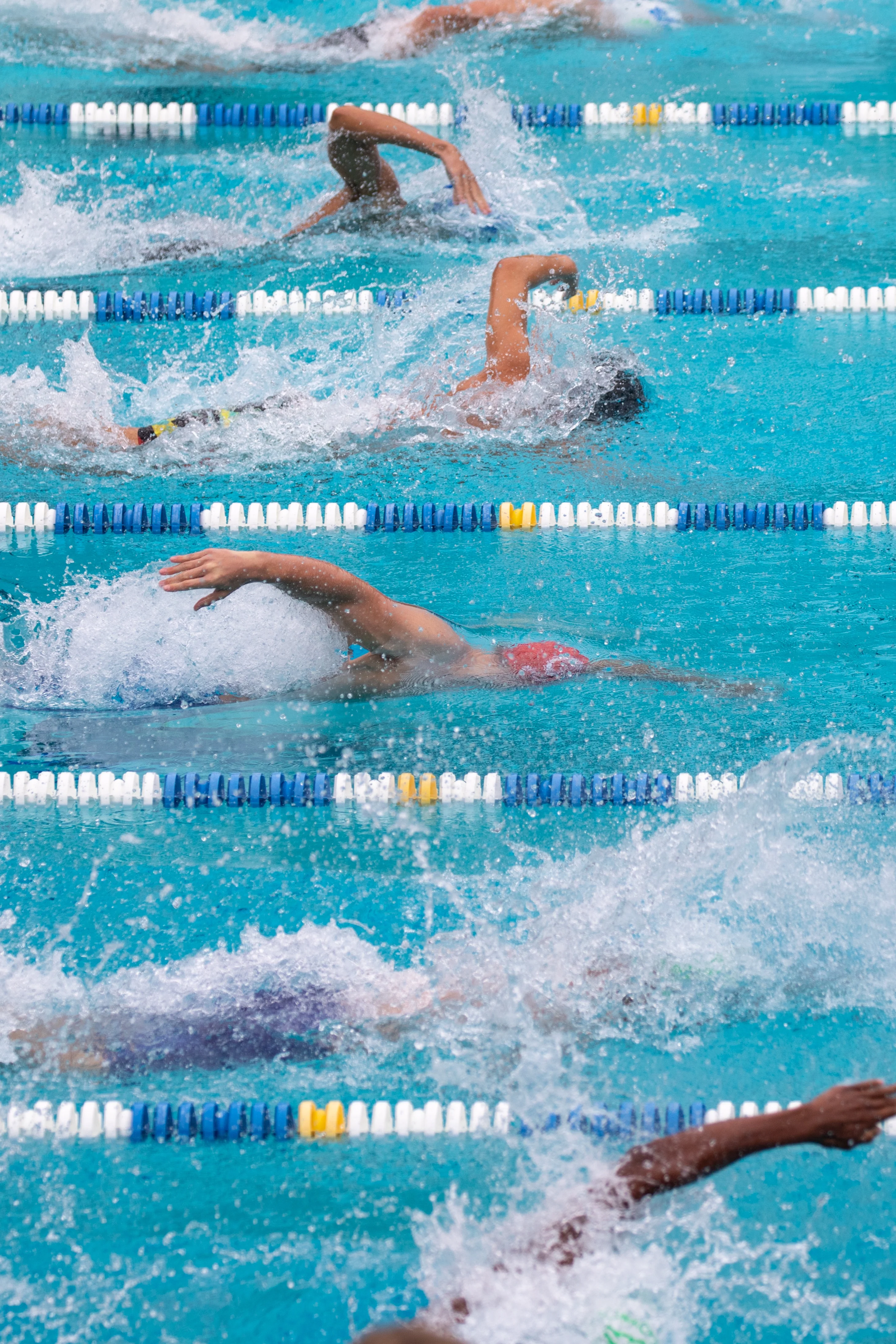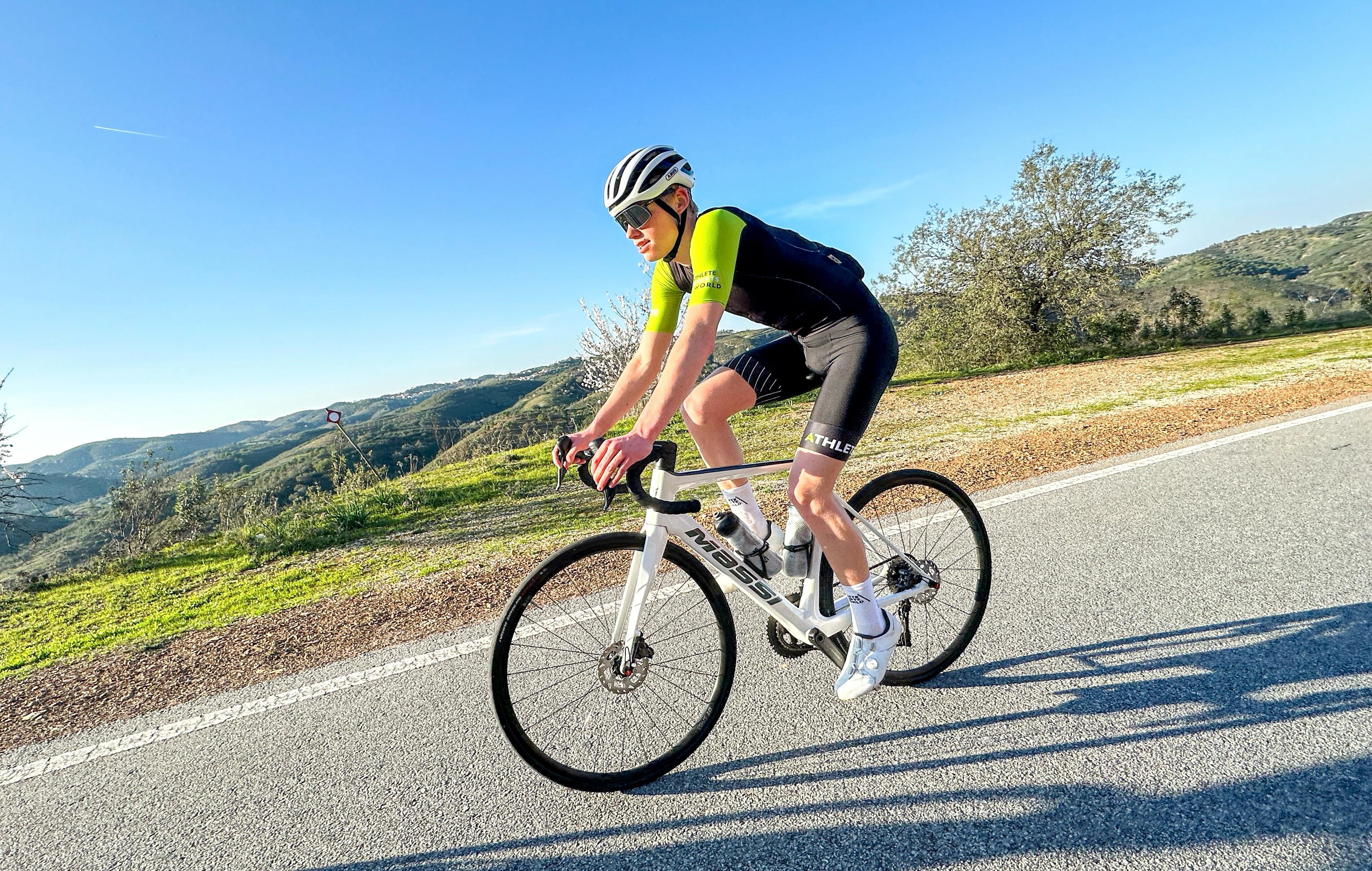As triathletes, we know better than anyone the challenges of running and the dreaded blisters that can occur.Especially while running in the scorching heat, blisters can be a painful setback.
But don't worry, we are going to help you! In this blog, we share 6 essential tips to prevent blisters and keep your performance on track during workouts and triathlons, even in hot conditions.
These practical tips will help you stay focused and blister-free so you can complete your running sessions with full energy.
SOKS
As a triathlete, wearing appropriate socks is crucial to preventing blisters.
Choose special running socks made of moisture-wicking synthetic materials such as nylon or polyester. These socks help wick moisture away from your skin, reducing friction and irritation.
Unlike cotton socks, which retain moisture and increase the risk of blisters, triathlon socks keep your feet dry and comfortable throughout the race.
Practical tip: Invest in high-quality triathlon socks specifically designed for endurance sports to keep your feet comfortable during exercise. For example, the popular Sporcks socks, which not only provide the necessary support but also have colorful and original designs to keep you running stylishly.
SMERING
Before starting your training or triathlon, apply a thin layer of lubricant or anti-friction product to areas prone to friction, such as heels, toes or arches.
These products form a protective barrier that reduces friction and prevents blisters from forming. Lubricants also reduce the risk of chafing and irritation, allowing you to continue performing comfortably.
Practical tips: Choose triathlon-specific anti-blister sticks or creams and apply them generously to the sensitive areas before you put on your wetsuit and your shoes in the transition zone. And for cyclists: take a look at anti-abrasion cream Chamois Butt'r.
SHOES
Wearing well-fitting running shoes is vital to prevent blisters.
Make sure your shoes provide enough room for your toes and are not too tight. Shoes that are too tight can cause friction and pressure points, leading to blisters.
Consider using insoles or cushioning to improve comfort and further reduce friction.
Practical tip: Have your feet measured to find the right size. Try on different models and run with them for a bit. Which one feels most comfortable?
BUILD UP SLOWLY
As a triathlete, it's often tempting to want to progress too quickly, but sudden increases in mileage can make you more susceptible to blisters and injuries, especially in warm conditions.
Build up your training distances gradually and give your feet time to adjust to longer efforts. If you want to know more or how to measure your progression, read this blog about the Stryd.
The same goes for using new shoes; walk in them slowly to give your feet time to adjust and reduce the risk of blisters.
Practical tip: Follow a well-structured triathlon training plan that takes into account gradual increases in distances in swimming, cycling and running. Always listen to your body and give it a rest if you notice signs of strain.
DRY FEET
It is essential to keep your feet dry during triathlons, especially in hot conditions where you sweat more.
Wet feet increase friction and increase the risk of blisters. Wear moisture-wicking socks as mentioned earlier, and consider bringing an extra pair of socks for longer races so you can change them as needed.
Practical tip: Choose breathable running shoes that wick away moisture well and wear socks appropriate for the conditions in which you train and race. Take a small towel with you to wipe excess moisture off your feet during the transition zone.
TREATING BLISTERS
Despite all your efforts, blisters can still happen during triathlons. It is important to be prepared and know how to deal with them if they happen.
Always carry a small first aid kit with blister plasters and antiseptic to treat blisters if they occur. By responding quickly, you can reduce discomfort and prevent further complications.
Practical tip: Practice applying blister plasters correctly so you know what to do if necessary.
CONCLUSION
As a triathlete, preventing blisters is essential to optimize your race comfort and training. By investing in high-quality running socks, using protective lubricants, choosing well-fitting triathlon shoes and gradually building up your training, you will minimize the risk of blisters during triathlons. Make sure your feet stay dry during the race and be prepared with a first aid kit to treat blisters quickly and effectively should they occur.
With these six practical tips, you can fully focus on achieving your triathlon goals without blisters getting in your way.
Remember, blisters can often be prevented with proper precautions and attention to your body. That way, you can enjoy your triathlons to the fullest and get the best out of yourself in this challenging and versatile sport.
So don't let those blisters hold you back, train hard, take good care of your feet and reach the finish line of every triathlon you participate in with full energy and pain free! Good luck and enjoy every step, kick and stroke on your way to your triathlon goals.
QUESTIONS?
Contact us via our website, phone or social media to reserve a wetsuit or if you have any questions. We are ready to help and advise you. Our team of experts is ready to answer all your questions and provide you with personalized advice based on your specific needs and goals.







